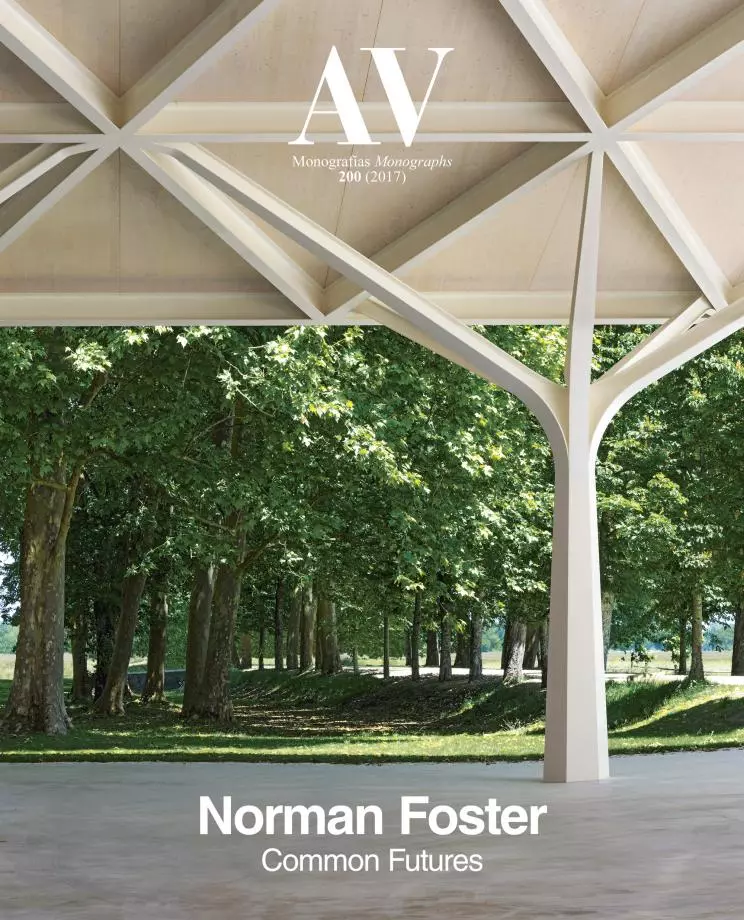A Festschrift for Foster

"Whenever I see the name Foster, I stop reading and I say yes.” Nicholas Negroponte’s reply when I thanked him for his speedy acceptance to write in this volume reflects a widespread feeling. If we have been able to gather here such a group of eminent authors it is only because of the admiration and respect they all feel towards the British architect, and it also explains the title of this presentation: liber amicorum, a book of friends. The texts were assigned in accordance with the twelve sections of the coinciding exhibition at Fundación Telefónica, rounded off here with a portrait of Norman Foster, an article on the headquarters of his Foundation and a reflection of the architect himself on the spirit and objectives of this new institution, presented in Madrid at an international forum held on his 82nd anniversary, and where many of the authors in this monograph participated.
Foster’s personality and creative endeavours are well reflected in the introductory essay of journalist and writer J. M. Ledgard, who launched with the architect the Foundation’s first project, a small airport for drones denominated Droneport, and that hopes to contribute to the development of Africa – where the author lived during ten years as correspondent for The Economist – with a new transport infrastructure. Ledgard shows a multifaceted view of Foster that serves as a prologue to the twelve outlooks on recent works and projects by the architect, and that together compose this kaleidoscopic monograph.
The first essay is by the critic Paul Goldberger, who wrote on architecture for The New York Times and The New Yorker, becoming one of the most influential voices in the American scene, and that deals here with an exquisite intervention on heritage, the extension of the mythical Château Margaux winery, built by Foster with such discretion that the new work goes almost unnoticed, and with such freedom that the new ‘pentagonal order’ of the branched out metallic structure lyrically recalls the wise and spontaneous construction of the vernacular architectures admired since his student years. Goldberger has written widely on Foster’s heritage works, and places this latest one in the long sequence of respect for history and intelligent adaptation to contemporary needs. [+]





